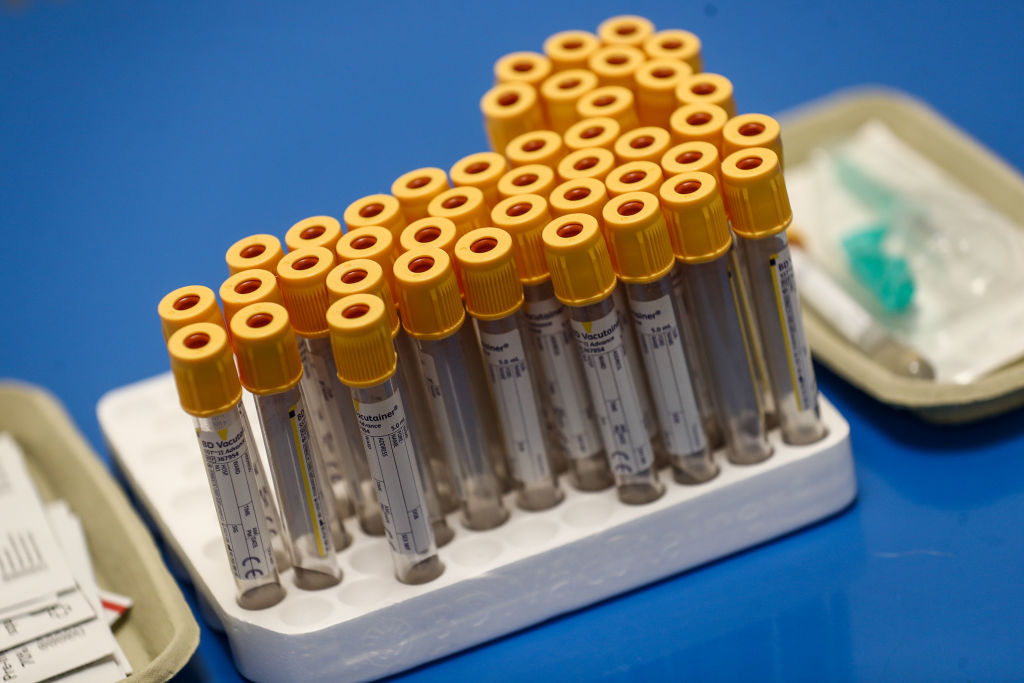Should we be looking at confirmed cases of Covid-19 to give us a guide as to how the epidemic is progressing – or at the number of people reporting symptoms? Over the past few months attempts to track the virus have been hampered by a very inconvenient fact: the number of tests being performed has increased hugely since the emergence of Covid-19, increasing tenfold between April and July. It makes reading the data extremely problematic – the more people you test, the more cases you are inevitably going to pick up.
There is a possible alternative data set, however: the number of people ringing 111 to report symptoms. As the accompanying graph for London shows, there is a correlation between the two sets of figures: the number of confirmed cases and number of people reporting symptoms. Both show a peak in April, falling away rapidly through May and June before a resurgence in recent weeks.

There is, however, a big difference: in terms of numbers of cases, the second peak is nearly half as high as the first. In terms of people reporting symptoms, on the other hand, the second peak is only a quarter as higher as the first. That surely indicates that higher levels of testing are now picking up an increased proportion of cases. It also suggests that the recent increase in positive test results isn’t simply a result of more people being tested: there is a genuine increase in people reporting symptoms – although, of course, many of these will not be Covid-19, but people with colds and flu. Cases of colds and flu were bound to increase when children returned to school.
However, there is a weakness with the dataset of reported symptoms. Back in March, not only were people with mild symptoms not being tested; they were told not to bother to ring 111, either. The figures will have failed to capture a huge number of people who developed a cough, temperature or headache. This implies that the true number of people who developed Covid-19 symptoms is inevitably going to have reached a far higher peak back in April than the graph shows.
The best guide we have to the prevalence of Covid-19 is the Office of National Statistics’ REACT1 study – which involves testing a randomised sample of the population on a regular basis. The most recent figures show a central estimate that 0.126 per cent of the population were infected at some point between 22 August and 7 September. That is a sharp rise from July when 0.04 per cent of the population were estimated to be infected. Along with the 111 data it suggests that the second peak in infections is genuine, and not just a quirk caused by greater testing. However, given that antibody tests have suggested between six and seven per cent of the population have been infected, the second peak must be a mere molehill compared with the mountain back in April. Unfortunately, however, the randomised tests only began in May, so do not capture the peak of the epidemic in April.







Comments